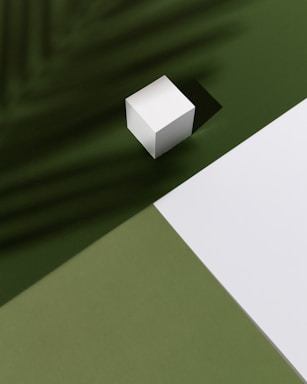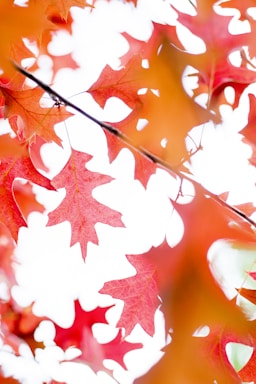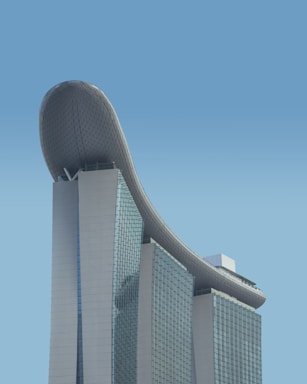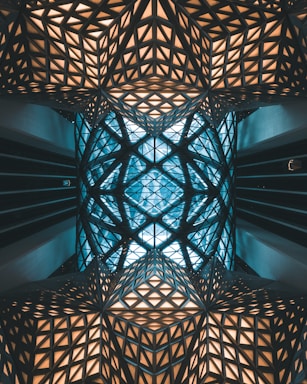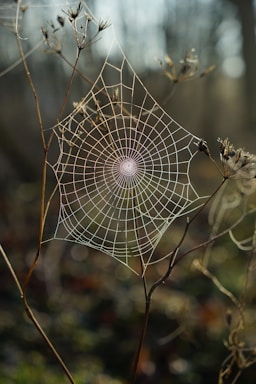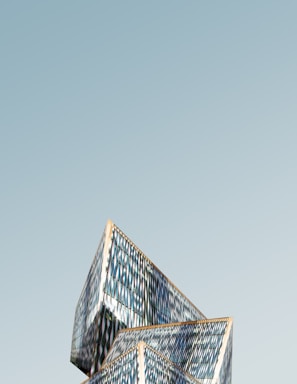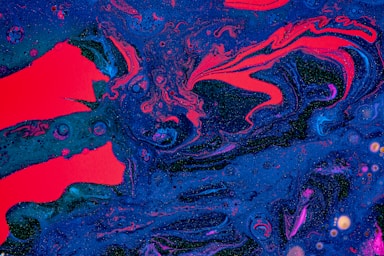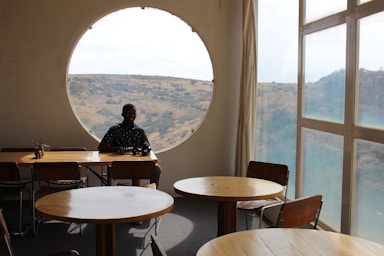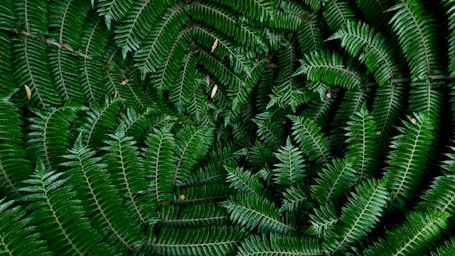Playing with Shapes: Incorporating Geometry for Visual Interest!
Shapes are the two-dimensional outlines of objects in a photograph. They can be geometric (e.g., squares, circles, triangles) or organic (e.g., leaves, clouds, bodies).
Shapes in Composition in Composition Examples (19):
TIP: Consider shapes to improve shot composition. Look for geometric shapes in your scene: circles, squares, triangles, etc. Use them to
create patterns or focal points. Pay attention to how shapes interact and fill the frame for visually appealing compositions.
In portrait (15):
In landscape (4):
Benefits of Using Shapes:
- Enhances Visual Appeal: Shapes add variety and interest to photographs, making them more visually appealing.
- Facilitates Storytelling: Shapes can convey emotions, suggest movement, and create a narrative within the image.
- Improves Technical Quality: By balancing shapes and creating visual interest, you can improve the overall technical quality of your photographs.
- Inspires Creativity: Exploring different shapes and their interactions can stimulate your creativity and lead to unique and impactful images.
- Increases Impact: By carefully considering shapes in your composition, you can create photographs that leave a lasting impression on the viewer.
Common Mistakes:
- Overusing shapes: Using too many shapes can create a cluttered and unbalanced composition.
- Using shapes without purpose: Shapes should enhance the image, not just be added for their own sake.
- Ignoring negative space: Negative space (the areas around and between shapes) is as important as the shapes themselves and should be used to create visual balance.
- Not considering the shape of the frame: The shape of the frame can influence how shapes are perceived and used in the composition.
- Using repetitive shapes: Avoid using too many similar shapes, as it can create a monotonous and boring image.
Learn more:
Learn more about Shapes at Photography and Friends.


